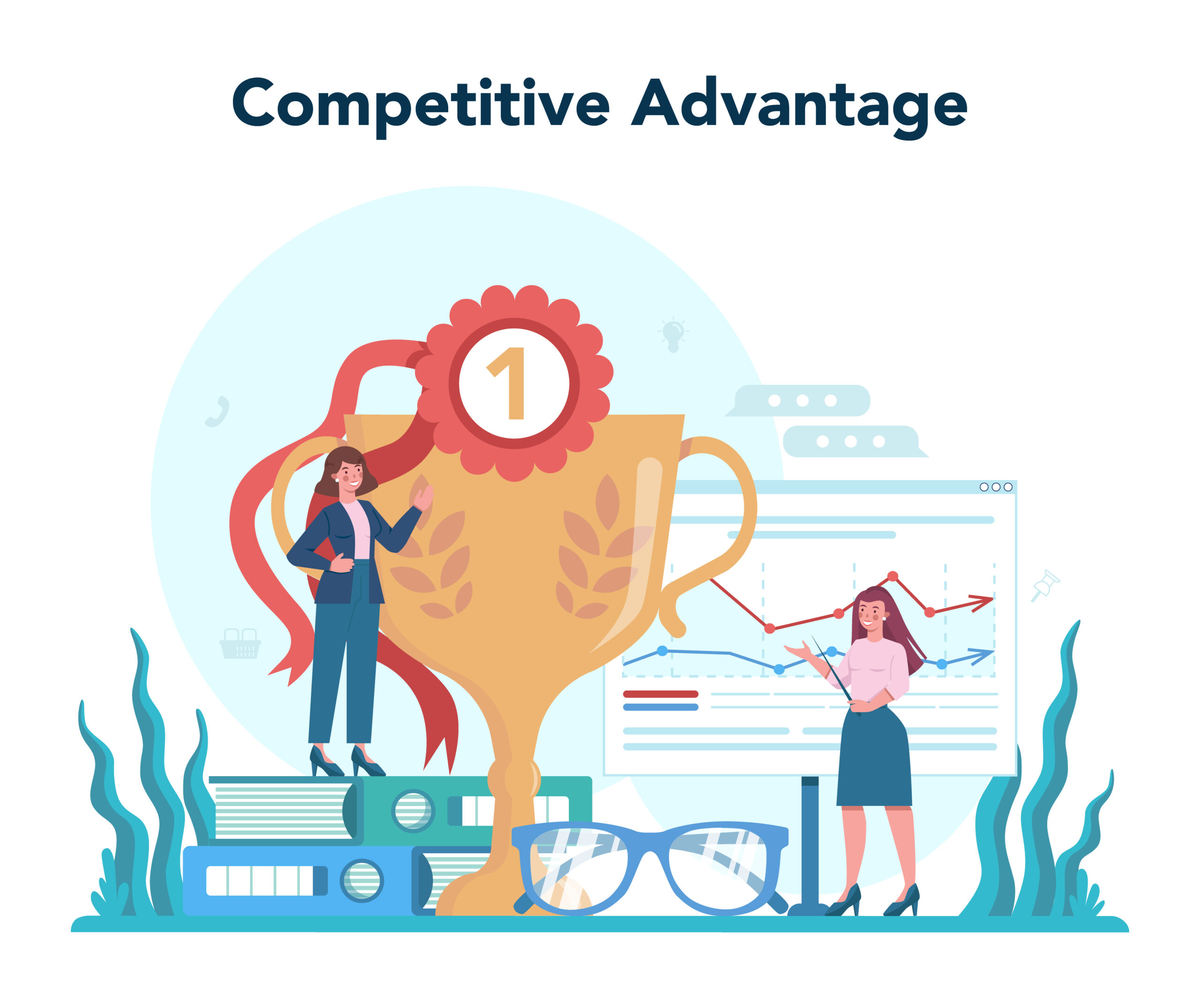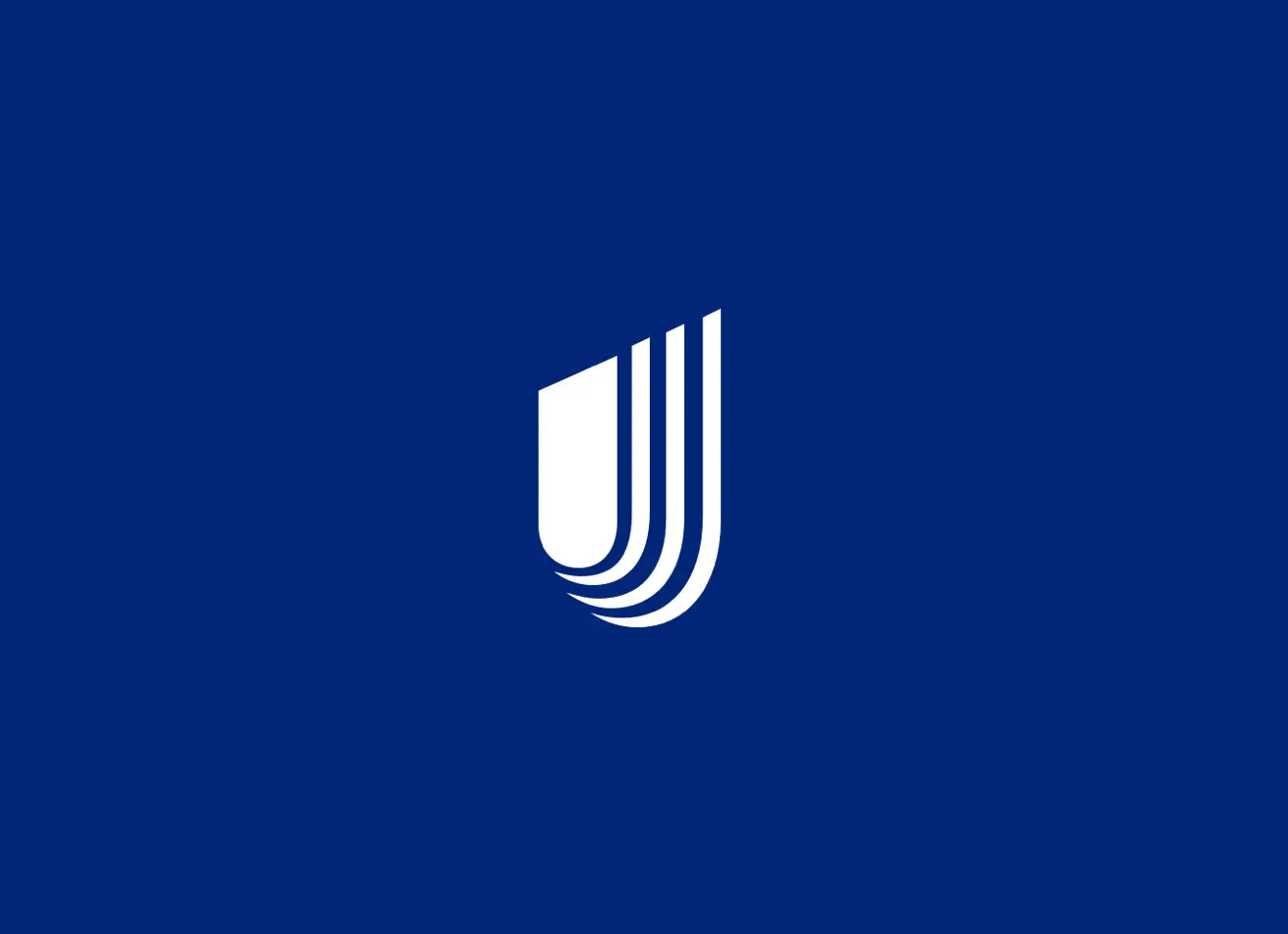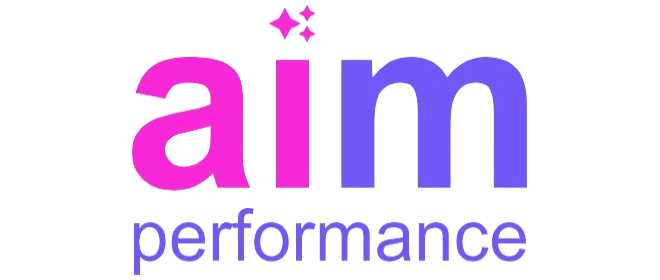In today’s business environment, gaining a competitive advantage is crucial for survival and success. Organizations are constantly seeking ways to stay ahead of their competitors, and one of the most effective methods is through performance management. By focusing on optimizing individual and team performance, businesses can achieve greater efficiency, innovation, and adaptability, all of which contribute to strengthening their competitive position. In this blog, we will explore how performance management helps to increase competitive advantage, examining its various aspects across multiple areas within an organization.
Aligning Goals with Organizational Strategy
A well-implemented performance management system ensures that individual and team goals are aligned with the overall strategy of the organization. This alignment plays a crucial role in building competitive advantage. When employees know how their roles contribute to the company’s objectives, they can focus their efforts on the tasks that matter most.
Performance management also helps clarify these goals, making them measurable and time-bound. This clarity drives productivity, reduces confusion, and ensures that everyone works towards the same objectives. Through this process, organizations can differentiate themselves in the market by operating more efficiently and effectively than their competitors.
Enhancing Employee Engagement and Retention
How performance management helps to increase competitive advantage is closely tied to employee engagement. An engaged workforce is more productive, creative, and committed. Performance management creates regular feedback loops, enabling employees to understand their strengths, weaknesses, and opportunities for growth.
By recognizing achievements and addressing challenges through constructive feedback, businesses can foster an environment where employees feel valued and motivated. High levels of engagement reduce turnover, retaining top talent that contributes to sustained competitive advantage. Competitors that fail to engage their workforce risk losing their most valuable asset—their employees.
Fostering a Culture of Continuous Improvement
Continuous improvement is essential for organizations aiming to remain competitive and gain a competitive advantage. Performance management helps to create a culture where continuous improvement is not just encouraged but ingrained in the company’s DNA. Regular performance evaluations provide opportunities for reflection, learning, and development.
This process ensures that both individuals and teams identify areas where they can enhance their skills, adapt to changing circumstances, and improve processes. By focusing on performance management, companies can build an agile workforce capable of evolving with market demands, which is key to maintaining a competitive advantage.
Encouraging Innovation and Creativity
Innovation is another pillar of competitive advantage, and performance management helps foster it. When employees are regularly evaluated, they are encouraged to think creatively and propose innovative solutions to challenges. Feedback loops help managers identify employees who excel in problem-solving and creativity, giving them the platform to lead innovative initiatives.
Organizations that embed performance management into their culture can outpace competitors by continually introducing new products, services, or operational processes. Innovation-driven organizations are more likely to remain ahead of market trends, adapting faster to technological advancements and consumer needs.
Improving Decision-Making
How performance management helps to increase competitive advantage also lies in its ability to improve decision-making. Regular performance evaluations provide managers with data-driven insights about employee strengths, areas for improvement, and overall team dynamics. These insights enable better decision-making regarding promotions, training needs, and resource allocation.
By leveraging performance data, organizations can make informed choices that optimize operations, reduce inefficiencies, and enhance productivity. This data-driven approach gives companies a significant edge over competitors who rely on less structured or intuitive decision-making processes.
Strengthening Leadership Development
Effective leadership is one of the most important contributors to competitive advantage. Performance management helps identify and develop future leaders by continuously evaluating employees’ leadership potential, decision-making skills, and ability to inspire others. Managers can use performance evaluations to guide employees through tailored development plans that focus on enhancing their leadership capabilities.
Organizations with a robust leadership pipeline are better equipped to navigate market challenges and seize opportunities. By grooming leaders internally, companies avoid the disruption that comes with external hiring and maintain a competitive advantage through consistency in vision and execution.
Enhancing Organizational Agility
In a rapidly changing business landscape, agility is key to staying competitive and gaining a competitive advantage. Performance management plays a critical role in helping organizations become more agile by fostering a responsive workforce. Regular feedback sessions and performance reviews ensure that employees are adaptable and ready to adjust their strategies based on real-time market conditions.
Agile organizations can pivot quickly in response to customer needs, market trends, or technological advancements, giving them a distinct competitive advantage over less nimble competitors. Performance management systems help to embed this adaptability within the workforce, creating an environment where change is not just accepted but embraced.
Reducing Operational Inefficiencies
How performance management helps to increase competitive advantage also includes reducing inefficiencies across operations. By setting clear expectations and regularly reviewing employee performance, businesses can quickly identify bottlenecks, redundant processes, and underperforming areas. This leads to streamlined operations and reduced costs.
Organizations that optimize their internal processes through effective performance management are better positioned to offer more competitive pricing, faster delivery times, and higher-quality products or services. This operational efficiency becomes a differentiator, allowing companies to outperform competitors who may struggle with inefficiencies.
Supporting Talent Development and Training
A key aspect of performance management is identifying skill gaps and training needs within the workforce. By regularly assessing performance, organizations can create personalized training programs that address these gaps and enhance employees’ skills. This continuous development contributes directly to competitive advantage by ensuring that the workforce is equipped to handle evolving business challenges.
Companies that invest in their employees’ development build a more knowledgeable, skilled, and productive workforce. This capability to upskill quickly gives businesses a competitive edge over those that neglect talent development, allowing them to outperform rivals in the market.
Conclusion
Performance management is a powerful tool for any organization seeking to increase its competitive advantage. It touches every aspect of a business, from employee engagement and innovation to operational efficiency and leadership development. By continuously evaluating and improving individual and team performance, organizations can stay ahead of the curve, outperforming their competitors and securing long-term success.









